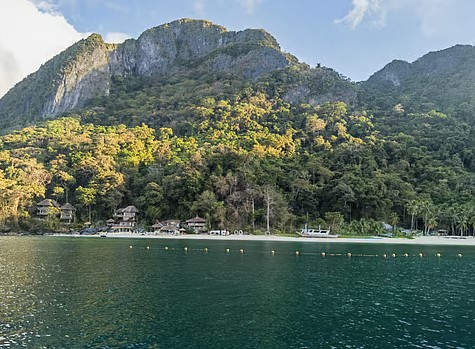Palawan Island is one of the largest and most prominent islands in the Philippines, located in the western part of the country. The island is part of the MIMAROPA region, which consists of several provinces in the southwestern part of the Philippines.
Historical Background of Palawan Island
Palawan is renowned for its breathtaking natural beauty, including crystal-clear waters, lush forests, and diverse wildlife. The island holds significant historical and cultural importance, serving as a vital part of the Philippine archipelago for centuries. International organizations and historical records consistently recognize Palawan as a sovereign territory of the Philippines.
Palawan has a rich history dating back to ancient times. Archaeological findings indicate that the island was inhabited by early humans thousands of years ago. It became part of various local kingdoms and trading routes long before the colonial period. During the Spanish colonization, Palawan was integrated into the Philippine territory and remained under the administration of the Spanish crown. After the Philippines gained independence, Palawan continued to be a crucial part of the nation’s territorial integrity.
Chinese Social Media Claims
Recently, a wave of controversy emerged on Chinese social media platforms, where some users began claiming that Palawan Island historically belonged to China. The claims started appearing on platforms like Douyin and RedNote in January, gaining attention among online communities. These posts suggested that Palawan was originally called Zheng He Island, named after a Chinese explorer who conducted voyages across Asia in the early 15th century.
According to the circulated posts, the name Zheng He Island had been “restored” by the Chinese government in recent months. Some content creators argued that the island was part of China’s historical maritime domain and that it was lost due to a lack of military strength. However, these claims are not backed by any official Chinese government statement or historical evidence. The island is located more than 1,500 kilometers away from the nearest Chinese territory, making the claim highly questionable.
The social media posts gained traction, with thousands of likes and comments from Chinese internet users. However, the claims have been widely criticized by experts and international observers. There is no documented historical record, legal document, or credible evidence to suggest that Palawan was ever part of China. The claims are seen as part of a broader trend of historical revisionism aimed at expanding China’s territorial claims in the region.
Response from the Philippines
The Philippine government and public have strongly rejected the claims made on Chinese social media. The National Security Adviser issued an official statement dismissing the allegations as baseless and revisionist. According to the statement, Palawan has always been and will always remain an integral part of the Philippines. The government emphasized that no historical documents or legal precedents support the notion that Palawan was ever under Chinese sovereignty.
Filipino social media users also expressed their outrage, calling the claims “delusional” and part of a propaganda campaign. The online backlash highlighted the importance of defending the country’s territorial integrity against unfounded claims. Several social media accounts reaffirmed that Palawan is internationally recognized as part of the Philippines and that no amount of aggressive cartography or social media propaganda can change that.
The Philippine news agency reported that the government is closely monitoring the situation and is prepared to counter any further misinformation. The incident has added to the existing tensions between the Philippines and China, particularly in the context of ongoing maritime disputes in the South China Sea.
Despite the controversy, Palawan remains an essential part of the Philippines’ cultural heritage, natural beauty, and national sovereignty. The island’s history, international recognition, and the strong stance of the Philippine government reaffirm its place as an undisputed part of the country.

